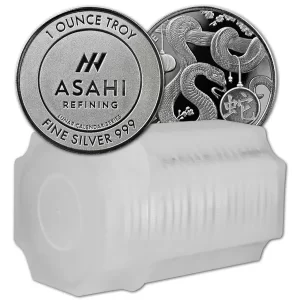Palladium is a commodity that can be bought and sold in a number of conventional ways. Investors in commodities frequently compare two prices for palladium: the spot price, which is the heavy metal’s current price, and the prices of futures contracts, also known as palladium futures prices. As a component of the larger precious metals market, both of these prices fluctuate.
The general demand for palladium is one factor that affects price. Some financial experts think that palladium’s price fluctuations are related to those of other precious metals like gold and silver. The price of palladium will fluctuate as long as investors continue to desire it, whether in raw form or through derivative financial products. National demand is another factor that affects palladium prices. Smart investors frequently hear about problems with a given nation’s industrialization on the rise or with the escalating demand for consumer goods. Any time a developing country or area develops a need for a certain good, like palladium, the price is likely to rise quickly. The supply of palladium affects the price of the metal as well.
There are also clear connections between the price of palladium and consumer goods. As an illustration, one of the most popular applications for palladium is in the catalytic converters of automobiles. This useful part of a vehicle cleans out admissions in the exhaust system. The catalytic converter does this using a form of honeycomb structure coated in priceless metals like palladium.
Palladium stocks and palladium exchange-traded funds (ETFs) are two financial products that investors can use to monitor changes in palladium prices. A palladium ETF, or exchange traded fund, is a group of stocks based on the precious metal.
Any investment in these precious metals funds or other derivatives requires understanding the likelihood of changes in palladium prices.
 Hi,
Hi,






















